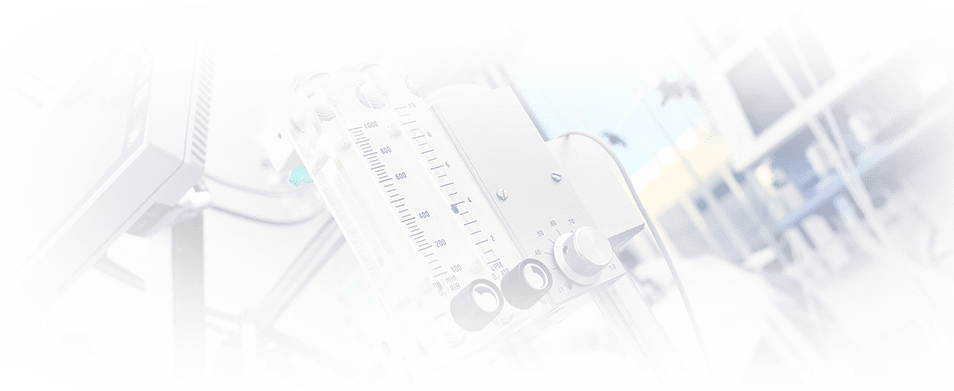Hepatitis D

General practitioner
Olga Berezhko
Experience 36 year
A serious disease of internal organs often entails another pathology, no less severe one, thereby significantly complicating treatment. An illustration of this phenomenon can be hepatitis D - an infectious disease associated with liver malfunction. The virus that causes the disease can only multiply when the hepatitis B virus enters the body. A massive infectious attack weakens the immune system and requires elaborate treatment. Fortunately, this form of the disease is quite rare. However, modern medicine has studied the virus well and it is ready to offer patients competent diagnostics and effective methods of treatment.
Etiology of viral Hepatitis D
The disease is transmitted from person to person through sexual contact and blood transfusion. People of the younger generation, who often forget about the need to protect themselves and avoid casual sexual contacts, are in the risk group. The acute form of hepatitis D is successfully treated within a few months. However, it is not always possible to detect it at this stage. The transition of a viral infection into a chronic form is extremely dangerous for the body. Its harmful effect affects the liver, it quickly loses its original function and it is being irreversibly destroyed. The state of the disease is severe and the prognosis is poor for most patients, especially if there is a risk of hepatic coma or the patient is a carrier of HIV/AIDS.
You should know: cases of the virus infection of healthy people are not recorded. The causative agent of hepatitis D is considered "defective", therefore its vital activity is possible "on the basis" of hepatitis B.
Results of the research
The virus was first discovered in 1977. It was found in a patient with hepatitis B, which allowed scientists to assume a type of viral infection of this group in the pathology. The new disease was named delta hepatitis (or hepatitis D). However, further studies have proven that it belongs to a special group of pathogenic microorganisms - hepadnaviruses. The gene structure of the virus is incomplete: it lacks elements that can encode the so-called envelope proteins with a viral infection. Therefore, "alone" hepatitis D is not the causative agent of the disease. However, it is possible for the delta virus to attach to the hepatitis B genome. It becomes fatal for the liver, deeply affecting the tissues of this organ.
An important feature of the hepatitis D virus is its resistance to external factors. It is not afraid of high and low temperatures, chemical exposure and ultraviolet radiation. The virus can only be inactivated with concentrated alkaline solutions and protease-based disinfectants.
Ways of transmission of Hepatitis D
The belonging of this virus to the group of anthroponotic infections means that the main source of infection is a sick person. The greatest danger is posed by people in whose bodies there is a chronic form of hepatitis B and D. Both viruses are transmitted in similar ways:
- parenterally - during surgical operations, illegal termination of pregnancy, injection of narcotic drugs with the usage of one syringe for both a patient and a healthy person. Blood transfusions of an infected patient are also dangerous. People who need frequent hemodialysis are at the risk group;
- sexually - while unprotected intercourse or homosexual contacts;
- transplacental - from an infected mother to the fetus during fetal development. It is a relatively rare case in modern medicine. The chance of transmission of the virus increases if the pregnant woman has HIV/AIDS.
The risk group includes:
- drug addicts who injects drugs;
- patients with kidney pathologies who need regular hemodialysis;
- people with hemophilia who need frequent blood transfusions;
- patients who lead a promiscuous sex life;
- supporters of same-sex relationships.
The risk of infection with the hepatitis D virus exists when visiting piercing salons, when using someone else's shaving accessories, during manicure and pedicure. The disease is rare in children and it is more commonly diagnosed in adults.
Symptoms
The incubation period starts from the moment of infection and lasts about 7-10 weeks. In the presence of co-infections (damage to cells by several types of viruses), the disease begins quite acutely. Patients with hepatitis D complain about the following symptoms:
- general weakness, malaise;
- signs of fever;
- intoxication of the body, nausea and vomiting;
- lack of appetite;
- bloating, accompanied by dull pain in the liver area.
The listed signs of preicteric symptoms, as the initial stage of viral hepatitis D is called, are observed for five days.
At the next stage, patients are more likely to experience pain in the muscles and joints, vomiting and nausea, a sharp temperature rise and a bowel disorder. There are some changes in the color of urine and feces, severe skin itching and pain in the abdomen. When examined by a doctor, there is a spleen increase and appearance of a small rash on the skin. Some characteristic symptoms of hepatitis D are bleeding disorder, bleeding gums, nosebleeds, internal bleeding, etc.
If a patient is simultaneously infected with hepatitis B and D, the disease develops in two stages. The first one shows symptoms of the hepatitis B virus and the second stage shows symptoms of the hepatitis D virus, which easily affects the weakened by the previous infection body. If the patient does not have signs of acute liver dystrophy (the so-called fulminant lesion), a cure is possible in 70-80% of cases. If the liver tissues are in a state of dystrophy, there is a high risk of death.
Diagnostics
It is possible to establish the presence of the hepatitis D virus in the body using a specific analysis - an immunological marker of the activity of replication of viruses B and D. A biochemical blood test and an epidemic history of the patient (confirmation of contact with persons who have previously been diagnosed with a similar diagnosis) help to complete the full picture of the disease and identify co-infections. You can suspect the development of hepatitis D in patients:
- with pathology of the liver or kidneys;
- frequently going through hemodialysis;
- with diseases requiring blood transfusion;
- with chronic hepatitis B, also with its sudden exacerbation.
Drug addicts and people with promiscuous sexual contacts and carriers of HIV/AIDS are subject to mandatory medical examination. A sign of a viral infection according to a biochemical blood test is bilirubinemia, a reduced sublimate test and an increased thymol test. According to the coagulogram, hemorrhagic syndrome is noted - a violation of bleeding disorder, prolongation of bleeding time and other symptoms of infection.
Treatment of acute and chronic Hepatitis D
Diagnostic measures and treatment are prescribed by a specialist. To monitor the patient's condition, he is placed in the intensive care unit. The treatment regimen is similar to patients whose bodies are infected with the hepatitis B virus. The basic methods of the drug therapy for patients with chronic hepatitis D are taking of glucocorticosteroid drugs (to restore the liver), dehydration treatment and taking of anticonvulsants.
Among additional measures are refusal of alcohol, fried and spicy foods, junk food and nutrition according to the No.5 diet. To eliminate different symptoms of intoxication, it is recommended to drink plenty of water, use sorbent preparations, get a course of plasmapheresis and ursodeoxycholic acid.
Preventive treatment
Due to the similarity of the etiology and symptoms of hepatitis B and D viruses, preventive measures are identical. It is mandatory to make a routine vaccination against hepatitis B, the absence of B virus in the body excludes infection with D infection. It is important to strictly observe all rules of personal hygiene, use only your own manicure and shaving accessories and refuse the usage of injecting drugs. Patients should avoid same-sex relationships and unprotected sex with random people.
How to make an appointment with an infectious disease specialist at JSC "Medicina" (Academician Roitberg Clinic)?
You can make an appointment with an infectious disease specialist and other clinic specialists in Moscow by calling +7 (495) 775-73-60. Online booking is available on the website on a 24-hour basis. The clinic is located in Central Administrative District, 2nd Tverskoy-Yamskoy lane, building 10.




